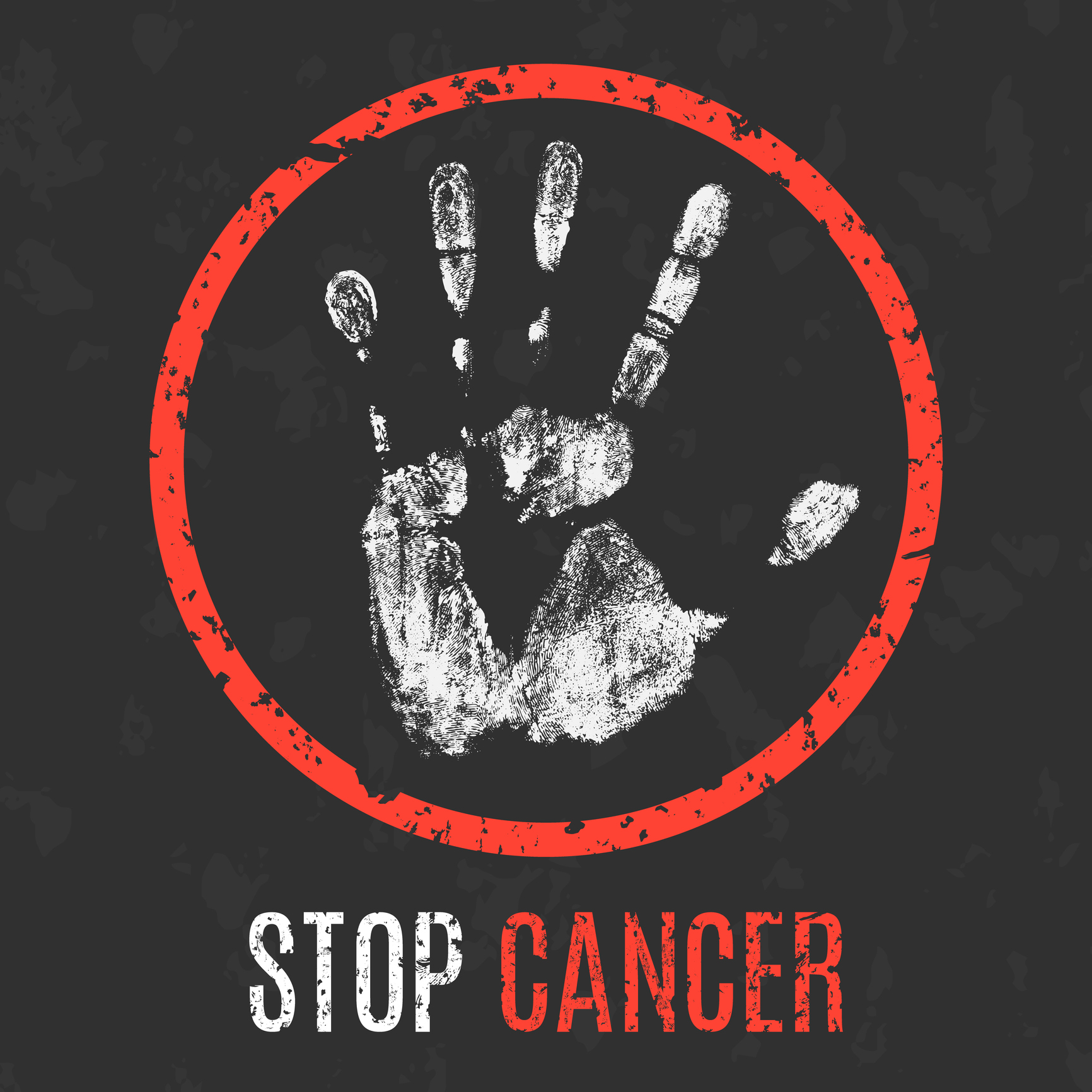
Workplace exposure to carcinogens adds significantly to the burden of cancer in the United States. Construction, land transport, manufacture of transport equipment, metal workers, mining, painters and decorators in the construction industry, roofers and road repairs, shift work, and wholesale and retail trades, all contribute significantly to the overall burden. Most industrial sectors include exposure to a number of carcinogens, with construction and several manufacturing industries potentially exposing workers to between 15 and 20 carcinogens on a daily basis.
Numerous carcinogenic exposures at work have been linked to various cancer sites. Long-term asbestos exposure, for instance, may result in severe health consequences such as lung cancer and mesothelioma. Others making a major contribution to attributable cancers include arsenic (lung cancer), diesel engine exhaust (bladder cancer, lung cancer), dioxins (lung cancer), mineral oils (bladder cancer, lung cancer, nonmelanoma skin cancer, sinonasal cancer), inorganic acid mists (larynx cancer, lung cancer), and tetrachloroethylene (bladder cancer, non-Hodgkin lymphoma, multiple myeloma).

Health Benefit Consultants, Share Your Expert Insights in Our Survey
Jonathan Sharp Jonathan Sharp is the Claims Manager for the Environmental Litigation Group, P.C., a law firm dedicated to assisting people who have suffered adverse health effects as a result of exposure to toxic chemicals in the workplace. Jonathan Sharp establishes procedures to ensure that best practices, claims management service standards, applicable state laws, and […]
mRNA-Based Sars-Cov-2 Vaccination: Implications for Former Industrial Workers and Veterans Diagnosed with Cancer
Notwithstanding significant progress made in the past decade in the fight against cancer, this disease remains the world’s second-largest cause of death, behind cardiovascular disease. Over 27 million industrial employees were counted to be unknowingly exposed to carcinogenic chemicals at their place of employment, including asbestos. Non-cancerous conditions such as pleural effusion, pleural plaques, diffuse pleural thickening, and rounded atelectasis were detected in a substantial percentage of these workers, and these diseases may develop into mesothelioma, bronchogenic carcinoma, and other types or subtypes of lung cancer 10-50 years later. Although the hazards of asbestos have been recognized since the 1930s, several asbestos producers purposefully withheld this knowledge from their workers in order to maximize their own financial gain.
Malignant mesothelioma is a rare and extremely aggressive disease, linked with asbestos exposure that arises from the mesothelial cells that line the pleura and other internal cavities. There are currently no viable therapies available for this condition. There is a significant risk of mesothelioma for veterans who served between 1930 and 1975 because of the widespread usage of asbestos in the military, especially in the United States Navy.
Individuals who worked in the shipbuilding and construction industries – including carpenters, plumbers, electricians, and insulators – as well as those who worked for businesses that produced asbestos goods, are also at an increased risk of developing mesothelioma. Aside from surgery, radiation, and chemotherapy, which are all important components of anti-tumor therapy, immunotherapy, and targeted treatments have recently revolutionized and augmented anti-tumor therapy. According to researchers, mRNA vaccines elicit strong and protective immune responses with cellular and humoral components capable of eliminating malignant cells.

A Deep-dive Into Specialty Pharma
A specialty drug is a class of prescription medications used to treat complex, chronic or rare medical conditions. Although this classification was originally intended to define the treatment of rare, also termed “orphan” diseases, affecting fewer than 200,000 people in the US, more recently, specialty drugs have emerged as the cornerstone of treatment for chronic and complex diseases such as cancer, autoimmune conditions, diabetes, hepatitis C, and HIV/AIDS.
Cancer Researchers Are Now Investigating How a Single Dosage of mRNA Vaccine Might Eradicate Tumors
Messenger RNA – abbreviated as mRNA – is a kind of genetic instruction for our cells. mRNA serves as a protein synthesis code. Proteins are required for a variety of biological activities throughout our bodies, including development, energy generation, and disease defense.
The laboratory-created strand of mRNA instructs the recipient’s cells to produce protein fragments depending on the “non-self” DNA properties of the vaccine’s target. When the protein fragments are identified, the patient’s immune system reacts. The immune system recognizes the protein fragments that are produced as a result of the mRNA signal as being alien. The immune system destroys those cells and then goes on to investigate if there are any additional cells in the body that have these foreign proteins, which it then kills as well.
Currently, two types of mRNAs are used: non-replicating and self-amplifying. In the case of the Covid-19 vaccinations, the mRNA stimulates the production of the spike protein from the SARS-CoV-2 virus by the recipient’s cells after the vaccine is administered. The immune system then identifies the spike as “not-self” and responds by producing antibodies, which are a different kind of protein.
In contrast to non-replicating mRNA vaccines, which simply encode the target antigen, self-amplifying mRNA vaccines encode both the virus’s replication mechanism and the target antigen. This increases not just the length and intensity of antigen expression, but also the vaccine-induced immune response. Infectious illness vaccines employ self-amplifying mRNA and non-replicating mRNA, whereas cancer vaccines use non-replicating mRNA.
Photo: Main_sail, Getty Images
Jonathan Sharp is the Claims Manager for the Environmental Litigation Group, P.C., a law firm dedicated to assisting people who have suffered adverse health effects as a result of exposure to toxic chemicals in the workplace. Jonathan Sharp establishes procedures to ensure that best practices, claims management service standards, applicable state laws, and client service requirements are met. He has been engaged in product liability and personal injury matters since the firm's founding in 1990.











